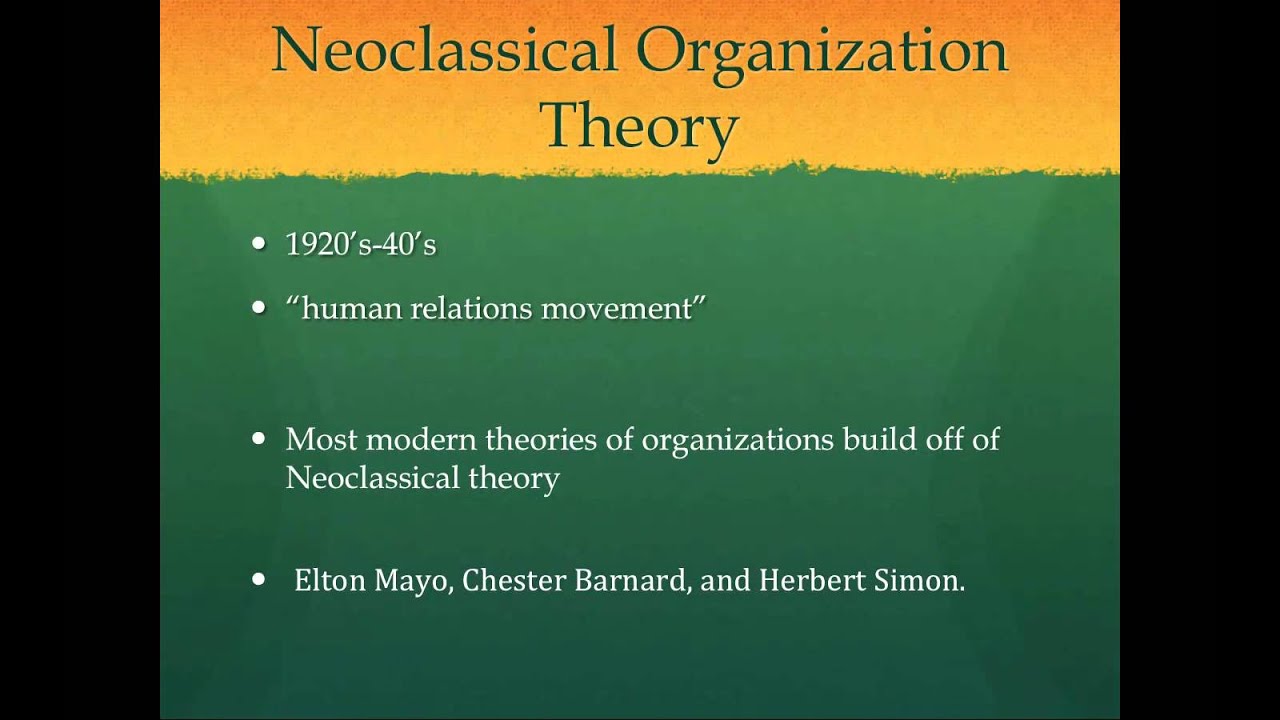
The NeoClassical Theory is the extended version of the classical theory wherein the behavioral sciences gets included into the management. According to this theory, the organization is the social system, and its performance does get affected by the human actions.
The classical theory laid emphasis on the physiological and mechanical variables and considered these as the prime factors in determining the efficiency of the organization. But, when the efficiency of the organization was actually checked, it was found out that, despite the positive aspect of these variables the positive response in work behavior was not evoked.
Thus, the researchers tried to identify the reasons for human behavior at work. This led to the formation of a NeoClassical theory which primarily focused on the human beings in the organization. This approach is often referred to as “behavioral theory of organization” or “human relations” approach in organizations.
The NeoClassical theory posits that an organization is the combination of both the formal and informal forms of organization, which is ignored by the classical organizational theory. The informal structure of the organization formed due to the social interactions between the workers affects and gets affected by the formal structure of the organization. Usually, the conflicts between the organizational and individual interest exist, thus the need to integrate these arises.
The NeoClassical theory asserts that an individual is diversely motivated and wants to fulfill certain needs. The communication is an important yardstick to measure the efficiency of the information being transmitted from and to different levels of the organization. The teamwork is the prerequisite for the sound functioning of the organization, and this can be achieved only through a behavioral approach, i.e. how individual interact and respond to each other.

 Follow
Follow